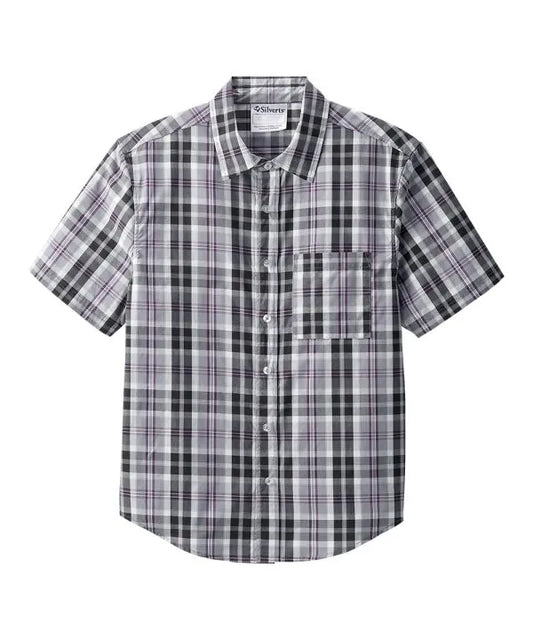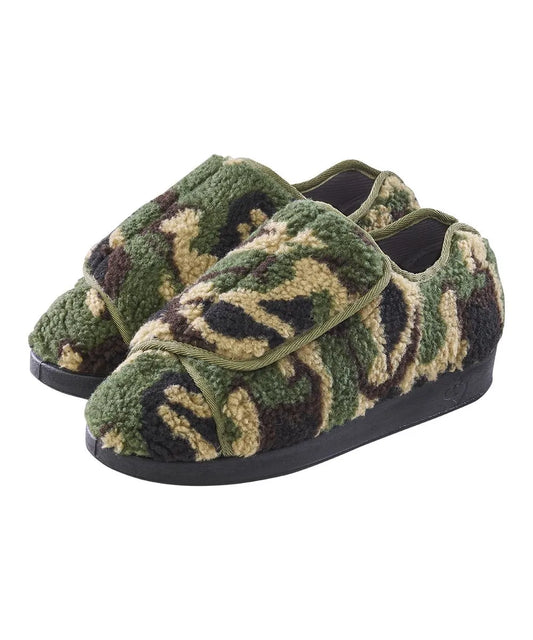1. Adaptive Clothing: Adaptive clothing is a helpful for those with arthritis, offering specialized designs that cater to limited mobility or dexterity. These garments, thoughtfully crafted, feature user-friendly Velcro or magnetic closures, simplifying the process of dressing and undressing. The innovation extends to not only tops and bottoms but also outerwear, making it easier for arthritis patients to maintain their independence and dignity.
2. Loose-Fitting Attire: Loose-fitting clothing is a game-changer for arthritis patients. It goes beyond providing comfort; it reduces the friction and pressure on sensitive joints. Opt for generously cut tops and pants, allowing for unrestricted movement. This approach mitigates pain and discomfort often associated with snug or tight-fitting garments.
3. Seamless Design: Seamless clothing is a must for those with sensitive skin or heightened joint pain. The absence of bulky seams or irritating tags ensures a friction-free and irritation-free experience, letting arthritis patients go about their day with ease and grace.
4. Compression Garments: Compression garments have made significant strides in supporting arthritis management, particularly in dealing with swelling and inflammation. Before investing in these specialized pieces, a consultation with a healthcare professional is recommended to ensure they align with the patient's unique needs and circumstances.
5. Breathable Fabrics: Selecting clothing made from soft, breathable materials is paramount for arthritis patients. Cotton and moisture-wicking fabrics are exceptional choices, aiding in maintaining optimal temperature and moisture control. Such clothing helps prevent overheating and ensures a dry, comfortable experience throughout the day.
6. Velcro-Closure Footwear: Footwear with Velcro closures or slip-on designs is a practical and convenient choice for arthritis patients. They eliminate the hassle of laces and make it easier to put on and take off shoes. In addition to promoting independence, they alleviate the daily challenges of dealing with traditional shoe fastenings.
7. Non-Skid Socks and Slipper Socks: The importance of non-skid socks and slipper socks can't be overstated for arthritis patients, especially those struggling with balance or mobility issues. These specialized socks provide an extra layer of safety, enhancing stability when walking on smooth or slippery surfaces, thus reducing the risk of potentially dangerous slips and falls.
When choosing non-skid and slipper socks, pay attention to several key factors such as grip material, fit and comfort, insulation and warmth, fabric type, ease of application, machine washability, style options, and additional features. Consulting a healthcare professional can further fine-tune the selection process, ensuring that these items are well-suited to an individual's unique needs, comfort preferences, and lifestyle.
Ultimately, it's crucial to remember that clothing tailored to the needs of arthritis patients can significantly enhance their daily living experience, promoting independence, comfort, and self-esteem. Consulting with healthcare professionals and occupational therapists can further refine clothing choices, taking into account the specific type and severity of arthritis and the joints affected. By making informed decisions and exploring clothing designed to meet their needs, arthritis patients can face each day with greater confidence and ease.



















